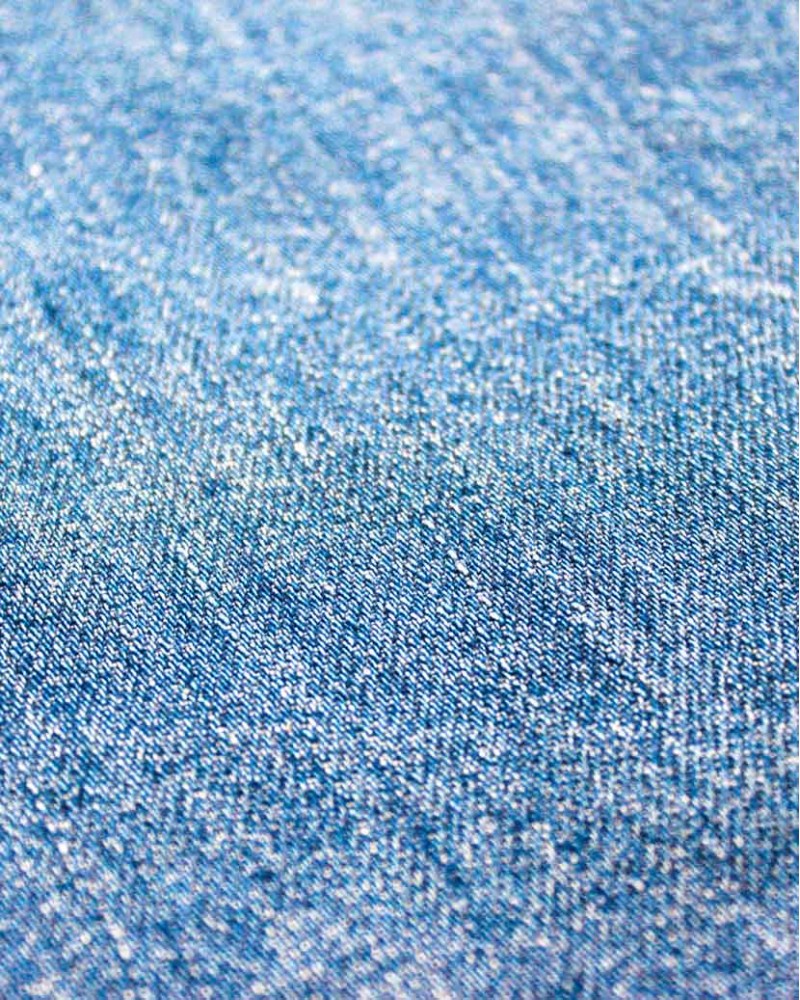true indigo dye manufacturers
The Art and Science of True Indigo Dye Manufacturing
Indigo dye has been a highly sought-after colorant for centuries, known for its rich, deep blue hue. True indigo, specifically derived from the leaves of the Indigofera plant, is one of the oldest dyes used in textile production. The traditional process of manufacturing true indigo dye is not only an art but also a science, involving a complex interplay of botanical knowledge, chemical processes, and craftsmanship.
Historical Context
The use of indigo dates back over 6,000 years, with evidence of its use in ancient Egypt, India, and China. Different cultures have developed unique methods for extracting and applying indigo dye, which has made it a significant part of many textile traditions around the world. Its deep blue color has often been associated with nobility and wealth, leading to its nickname “blue gold.” As the demand for indigo grew, so did the need for efficient and sustainable manufacturing techniques.
Sourcing the Indigo
True indigo is obtained from species of the Indigofera plant, particularly Indigofera tinctoria. The leaves of this plant contain indican, a compound that, when processed, yields indigo dye. Sustainable sourcing practices have become increasingly important, with manufacturers focusing on cultivating indigo in ways that minimize environmental impact. Organic farming methods are promoted to ensure that the indigo produced is free from harmful pesticides and chemicals, aligning with the growing consumer demand for eco-friendly products.
The Extraction Process
The process of extracting indigo dye from the plant leaves involves several steps. First, the leaves are harvested and then fermented in water. This fermentation releases the indican, which is converted into indoxyl. The liquid is then aerated, causing the indoxyl to oxidize, resulting in indigo particles forming at the surface. This mixture is collected and processed further by drying to produce the final dye powder.
true indigo dye manufacturers

This traditional method, although time-consuming, is celebrated for its ability to produce vibrant shades of blue. Each step in the process affects the final color, making careful attention to detail critical for quality control. Modern manufacturers may also use synthetic indigo, which is less expensive and produced more quickly, but many artisans and brands still prefer true indigo for its unique qualities and historical significance.
Dyeing with Indigo
Once the indigo dye is prepared, it can be used to color a variety of textiles. The dyeing process often involves a technique known as “dyeing by immersion,” where the fabric is soaked in a dye vat. This method allows the fabric to absorb the indigo dye evenly. Interestingly, the color appears greenish when the fabric is first removed from the dye vat, but it oxidizes and turns a deep blue as it comes into contact with air.
The dyeing properties of true indigo allow for various techniques, including tie-dyeing, shibori, and batik, which have all become popular in contemporary textile art. The versatility of indigo dye has contributed to its resurgence in fashion and home textiles, embracing both traditional and modern designs.
The Future of True Indigo Dye Manufacturing
As consumers become more conscious about sustainability and the origins of the products they buy, true indigo dye is experiencing a revival. Many manufacturers are committed to ethical practices that support fair trade and environmentally friendly processes. There is also a growing emphasis on educating consumers about the value of handcrafted textiles, which often feature natural dyes like indigo.
True indigo dye manufacturing represents not only a craft but also a cultural heritage that connects people to their history and the environment. It challenges industries to rethink their approaches to color and sustainability, inspiring a new generation of artisans and designers to embrace the beauty and complexity of natural dyes. Whether in luxury fashion or artisanal crafts, true indigo will continue to shine as a symbol of creativity and timelessness, bridging the past and the future in the world of textiles.
-
The Timeless Art of Denim Indigo Dye
NewsJul.01,2025
-
The Rise of Sulfur Dyed Denim
NewsJul.01,2025
-
The Rich Revival of the Best Indigo Dye
NewsJul.01,2025
-
The Enduring Strength of Sulphur Black
NewsJul.01,2025
-
The Ancient Art of Chinese Indigo Dye
NewsJul.01,2025
-
Industry Power of Indigo
NewsJul.01,2025
-
Black Sulfur is Leading the Next Wave
NewsJul.01,2025

Sulphur Black
1.Name: sulphur black; Sulfur Black; Sulphur Black 1;
2.Structure formula:
3.Molecule formula: C6H4N2O5
4.CAS No.: 1326-82-5
5.HS code: 32041911
6.Product specification:Appearance:black phosphorus flakes; black liquid

Bromo Indigo; Vat Bromo-Indigo; C.I.Vat Blue 5
1.Name: Bromo indigo; Vat bromo-indigo; C.I.Vat blue 5;
2.Structure formula:
3.Molecule formula: C16H6Br4N2O2
4.CAS No.: 2475-31-2
5.HS code: 3204151000 6.Major usage and instruction: Be mainly used to dye cotton fabrics.

Indigo Blue Vat Blue
1.Name: indigo blue,vat blue 1,
2.Structure formula:
3.Molecule formula: C16H10N2O2
4.. CAS No.: 482-89-3
5.Molecule weight: 262.62
6.HS code: 3204151000
7.Major usage and instruction: Be mainly used to dye cotton fabrics.

